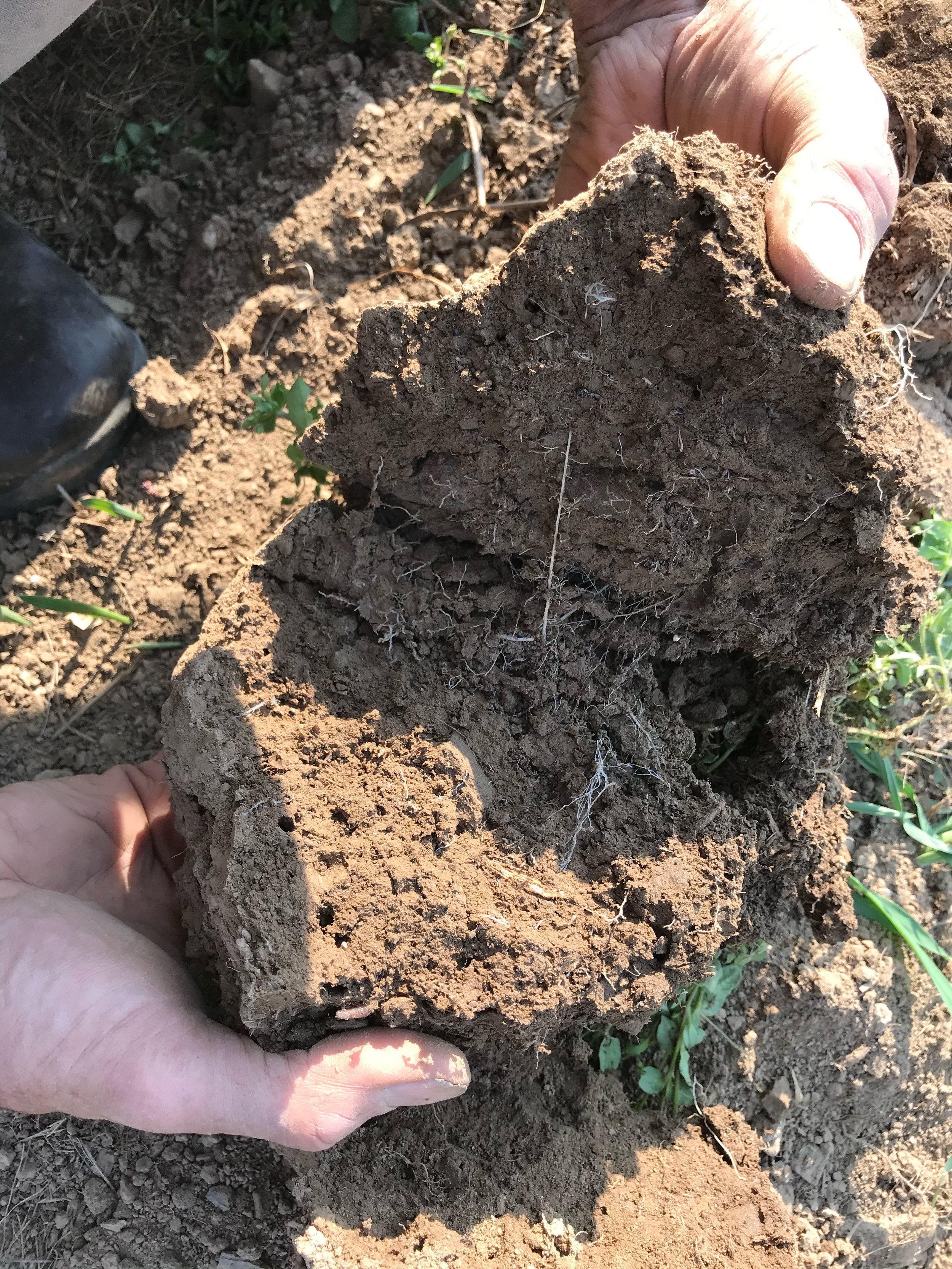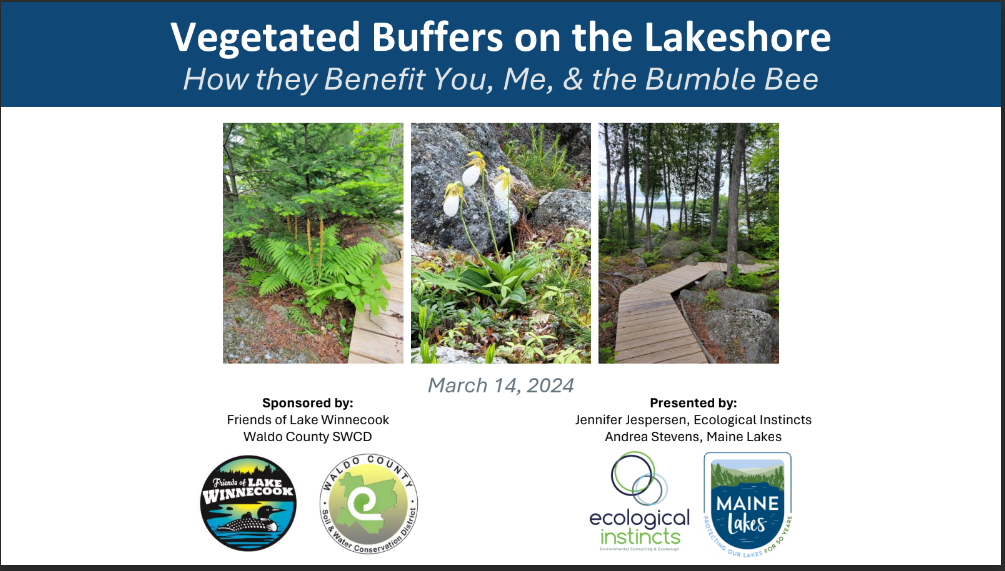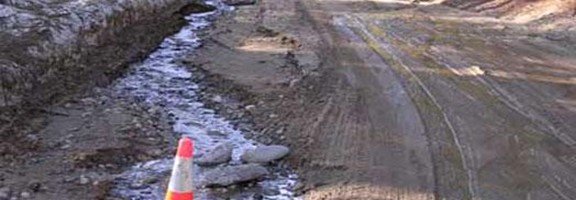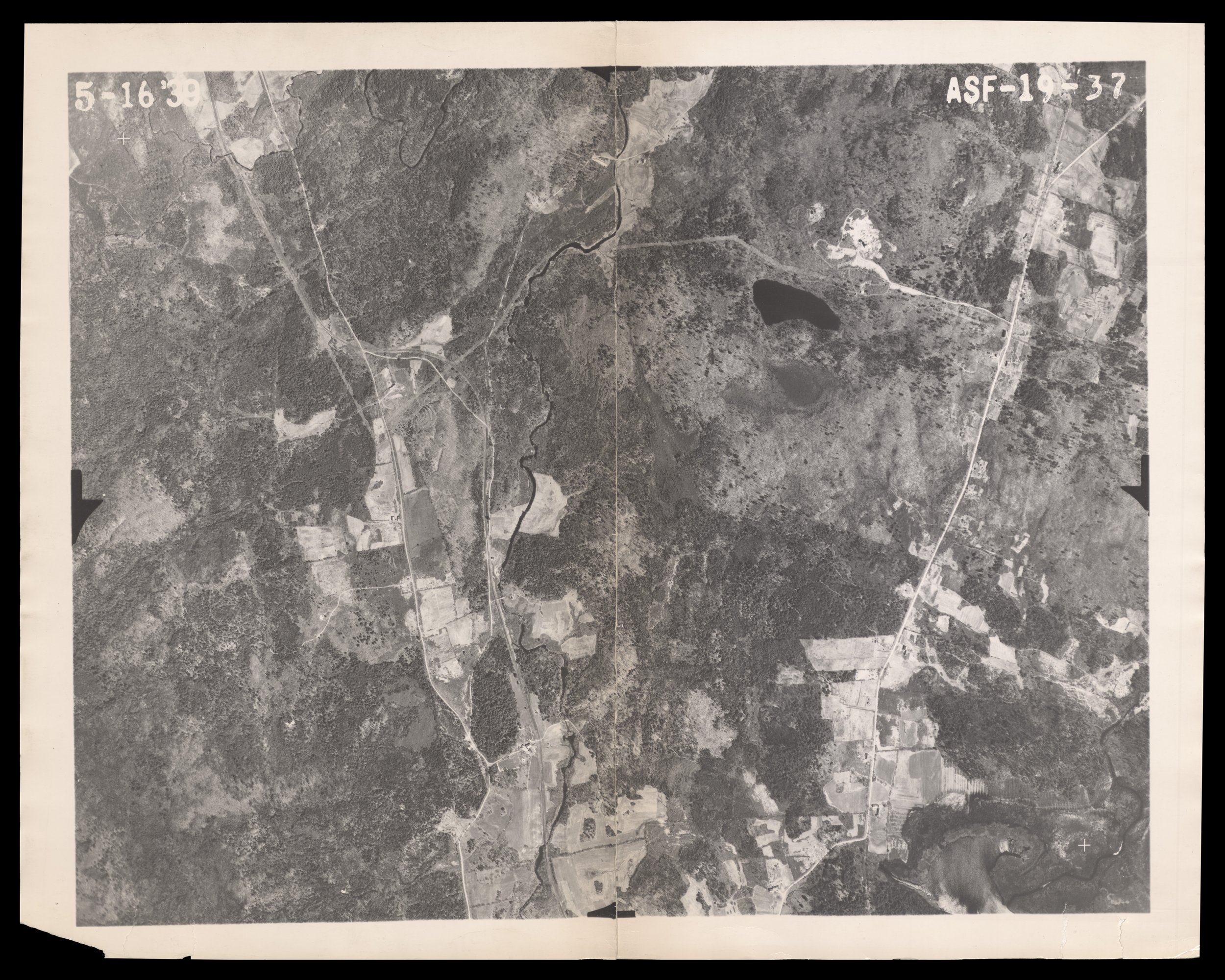
Waldo County Soil & Water Conservation District
meeting local conservation needs since 1944
Evening Reception and Membership Meeting
June 26th, Begins 5 pm, Meeting 6:30
Stone Tree Farm and Cidery in Unity
Come Learn Our Plan to “Make It Clean, Not Green”
We will hold a Special Membership Meeting to update our By-Laws
Members Door Prizes include:
Inflatable Paddle Board and A Stone Tree Farm Gift Basket
All Interested in the Lake are Welcome!
Supervisor Elections
Waldo County SWCD is seeking nominations for its Board of Supervisors. Anyone interested in running or voting must be a registered voter and reside in Waldo County. To run for a position, email waldocountysoilandwater@gmail.com or call 207-218-5311 to request a nomination petition, the form must be submitted by 12/18/24. To vote in the election request a ballot and submit no later than 1/2/24 @ 9am.
Invasive Plant Management in the Fall
Click here to check out our blog on managing honeysuckle in the fall.
Invasive Plant Identification and Management in Maine
If you missed out on the invasive plant workshop fear not! You can find what you need in this blog, including photos and future volunteer events. Thank you!
Co-hosted by: Sebasticook Regional Land Trust & Waldo County Soil and Water Conservation District
Funded by: Maine Outdoor Heritage Fund
Plant Buffer Workshop
If you missed our workshop on vegetated buffers on the lakeshore fear not! You can find what you need in this blog.
Gravel Road Maintenance Matters — A lot!
If you missed our online workshop about Gravel Road Maintenance, fear not! You can find all you need in this blog, including information about how to join us for a late summer field-based workshop.
Save Money – Protect Water Quality – Ensure Safe Access
Watch Gary Fish’s talk about Invasive Species
Maine’s State Horticulturist, Gary Fish, was the keynote speaker at the Waldo County Soil & Water Conservation District Annual Meeting in December. He presented a talk entitled, “Economic, Environmental and Ecological Impacts of Invasive Species in Maine.” You can view Gary’s presentation, read more about the meeting, and get a copy of the expanded “Do Not Sell Plant List” here.
Calling All Nature Lovers — Seeking Board Candidates!
We're seeking candidates for one Board seat opening January 1st! The seat is an elected position and the process is very simple. Request nominating petition; obtain 25 signatures from registered voters who are residents of Waldo County; submit completed petition to us as soon as possible. To vote in the election, registered voters living in Waldo County may request ballots. Depending on the response, we will hold the election at either our November or December Board Meeting. We are also welcoming Associate Supervisors, i.e., non-voting members who have an interest in our work and/or a specific area of expertise to share. Associates serve a vital advisory role for Soil & Water Conservation Districts! There is no limit on the number of Associate Supervisors. Contact us to request a petition for the elected seat, or send one or two paragraphs describing your background and interests for the Associate position: waldocountysoilandwater@gmail.com
Pollinator Pathways
Are you thinking about how to support pollinators and other beneficial insects on your property? Perhaps you’ve tried out No Mow May. We have a great resource for getting started right here in Waldo County, at the Wales Park Community Garden in Belfast (corner of Main Street and Lincolnville Avenue). Here the District and the community have installed a demonstration pollinator garden, with many of the best plants for pollinators, each with labels. The park also includes conservation landscaping. If you are starting a garden, check out the plant list for Wales Park, and visit the park to see plants blooming every month of the growing season. Let us know if you have installed a pollinator planting (meadows count!) and we will add you to our Pollinator Pathways project.
Learn more about pollinators at Xerces Society and UMaine Cooperative Extention Pollinator Program.
Latest News
“I love the diversity of your programs and the flexibility in how you address the interests of each landowner in Waldo County. It’s exciting to see how much interest was shown by Districts in other parts of the country. Thanks for everything you’re doing!”
Tom Gordon, MPA, Conservation Specialist
Office of the Commissioner, Maine Department of Agriculture, Conservation & Forestry




















